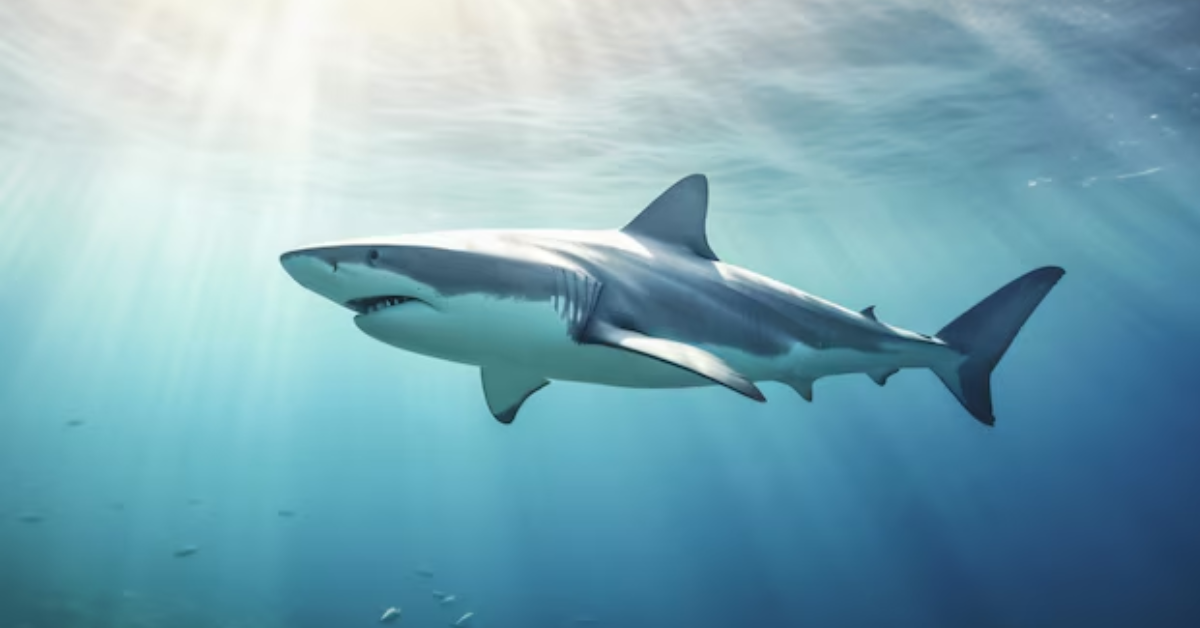Why Do Some Sharks Lay Eggs and Others Don’t
Why Do Some Sharks Lay Eggs and Others Don’t. Sharks are one of the most diverse groups of marine animals, and their reproductive strategies vary significantly across species. Some sharks lay eggs (oviparous), while others give birth to live young (viviparous or ovoviviparous). Let’s explore the reasons behind these differences and the fascinating adaptations that influence shark reproduction. Why Mako Sharks Are So Popular?
The Basics of Shark Reproduction
Sharks have three primary reproductive strategies:
- Oviparous (Egg-Laying):
- Female sharks lay eggs that develop and hatch outside the mother’s body.
- Ovoviviparous (Eggs Inside the Body):
- Eggs develop inside the mother’s body, and the young hatch internally before being born live.
- Viviparous (Live Birth):
- Embryos develop inside the mother and receive nourishment through a placenta-like structure, similar to mammals, before live birth.
Why Do Only Some Sharks Lay Eggs and Others Don’t??
- Evolutionary Adaptations:
- Egg-laying is believed to be one of the earlier reproductive strategies in shark evolution, offering simplicity and reduced energy investment for the mother.
- Oviparous sharks can lay their eggs in protected areas, ensuring their survival without the need for prolonged parental care.
- Environmental Factors:
- Species that lay eggs, like catsharks and horn sharks, are often found in environments with abundant hiding places where eggs can remain safe from predators.
- Energy Efficiency:
- By laying eggs, oviparous sharks avoid the physical strain of carrying and nurturing embryos inside their bodies, allowing them to conserve energy for survival and future reproduction.
Why Do Only Some Sharks Give Birth to Live Young?
- Increased Offspring Survival:
- Viviparous and ovoviviparous sharks, like great white sharks and tiger sharks, give birth to well-developed young, which are better equipped to survive immediately after birth.
- Adaptation to Open Waters:
- Sharks in open ocean environments often give live birth because their habitats lack safe areas to deposit eggs.
- By retaining embryos internally, they protect them from predators and environmental hazards.
- Complex Evolutionary Traits:
- Viviparous sharks have evolved placental connections, allowing embryos to receive direct nourishment, leading to healthier and more robust offspring.
Examples of Egg-Laying and Live-Birthing Sharks
| Reproductive Strategy | Shark Species | Key Characteristics |
|---|---|---|
| Oviparous (Egg-Laying) | Catsharks, Horn Sharks, Swell Sharks | Lay egg cases (often called “mermaid’s purses”) that are protected by tough outer shells. |
| Ovoviviparous (Internal Eggs) | Great White Sharks, Sand Tiger Sharks | Embryos develop inside eggs within the mother and hatch internally before live birth. |
| Viviparous (Live Birth) | Bull Sharks, Hammerhead Sharks | Embryos receive nourishment through a placenta-like structure, similar to mammals. |
Do Mako Sharks Lay Eggs or Give Birth
Why Such Diversity in Shark Reproduction?
- Adaptation to Different Habitats:
- The variety in reproductive strategies allows sharks to thrive in diverse environments, from shallow coastal waters to the deep sea.
- Balancing Risks and Rewards:
- Egg-laying minimizes parental energy investment but exposes offspring to external risks.
- Live birth maximizes offspring survival but requires significant energy and physical investment from the mother.
- Evolutionary Success:
- The diversity in reproductive methods ensures that different shark species can adapt to changing environments and ecological pressures, contributing to their survival over millions of years.
Conclusion
The question of why some sharks lay eggs while others give birth to live young lies in their evolutionary history, habitat, and survival strategies. This diversity in reproduction highlights the adaptability of sharks and their remarkable ability to thrive in the world’s oceans. Whether laying eggs or nurturing live young, sharks have perfected strategies to ensure their species’ survival. Why are Whale Sharks Endangered

